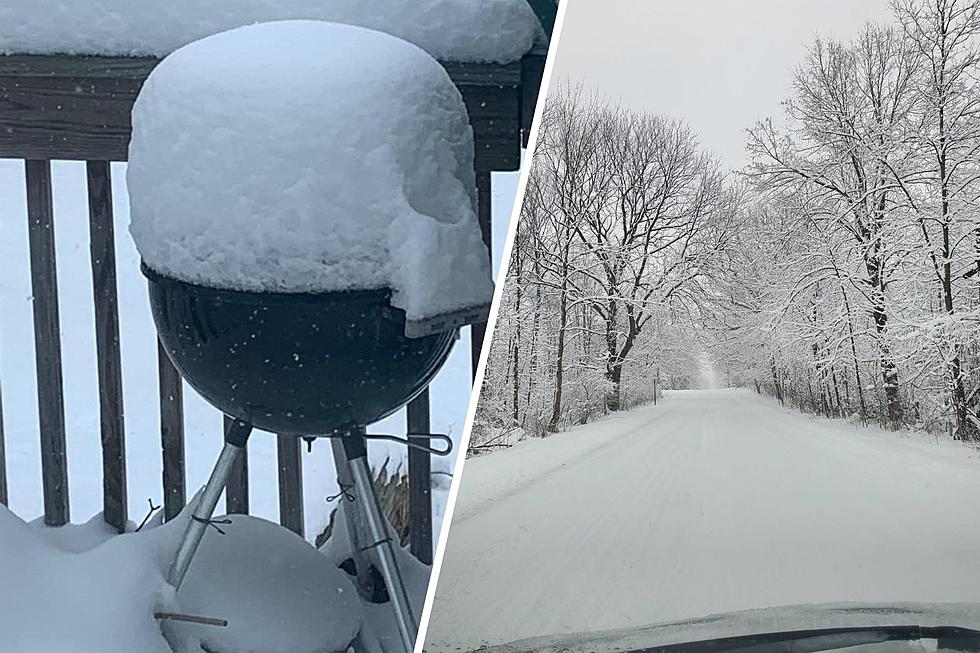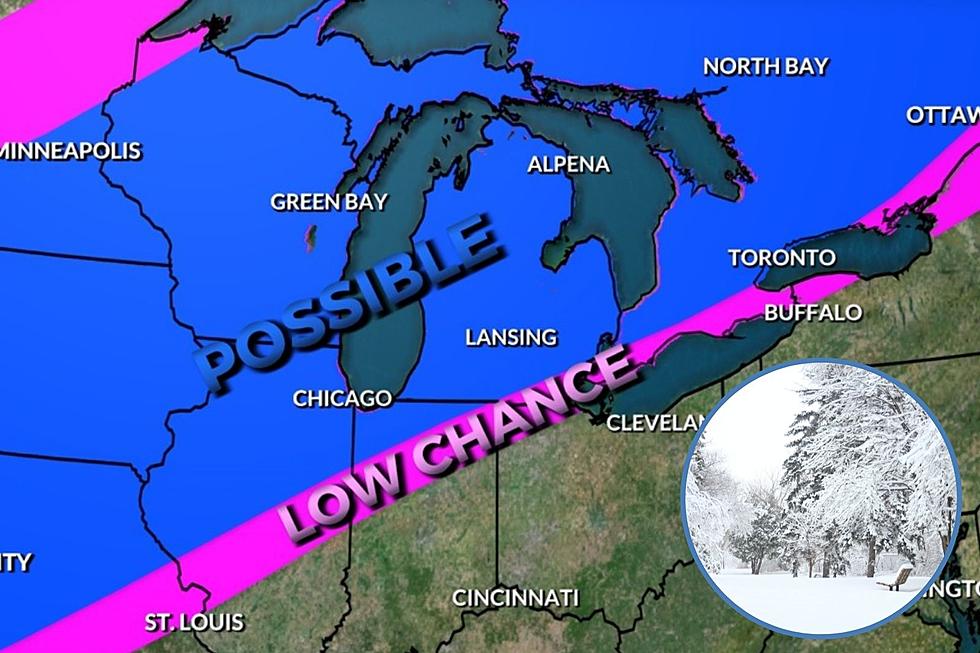
Lansing Could Be in for Some Warm Winter Weather Next Week
How's your Michigan winter going so far?
Are you sick of the snow and frigid temperatures, yet? How about carefully walking across treacherously slippery sidewalks? Or maybe those higher than normal heating bills?
If any of that has you wishing for warmer weather, you may not need to wish for very much longer.
Michigan's Cold 2022 Winter: See Pictures of the Foot of Snow Michigan Got
The National Weather Service has a look at the forecast for next week and the week after that, and things look like they're definitely starting to warm up.

Starting as early as the end of this week and the beginning of next, Michigan could expect to see temperatures begin to rise.
The NWS says Michigan will see "near normal" temps from February 19th through the 23rd. Check that out in the graphic, below.
It's the next week that we'll really see that difference in temperature. The 8-14 day temperature outlook for February 21st - 27th predicts that Lansing (and the rest of the lower peninsula) will see temperatures "leaning above" and "likely above" normal. See that pattern in the graphic, below.
Beware, because with this warmer weather we could also see rain instead of snow. I'm sure none of us are too mad about the possibility of rain instead of snow. However, rain in combination with snowmelt could lead to some flooding that we'll need to deal with.
Of course, this is Michigan, and the weather here is known to change on a dime. So, we may need to wait until next week to see if these warmer temps are actually coming to town. Until then. stay bundled up and keep thinking about those warmer temps ahead.
LOOK: The most expensive weather and climate disasters in recent decades
KEEP READING: Get answers to 51 of the most frequently asked weather questions...
More From 1240 WJIM AM









